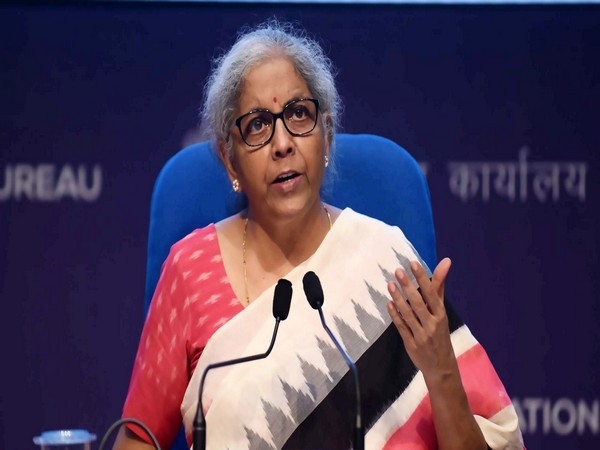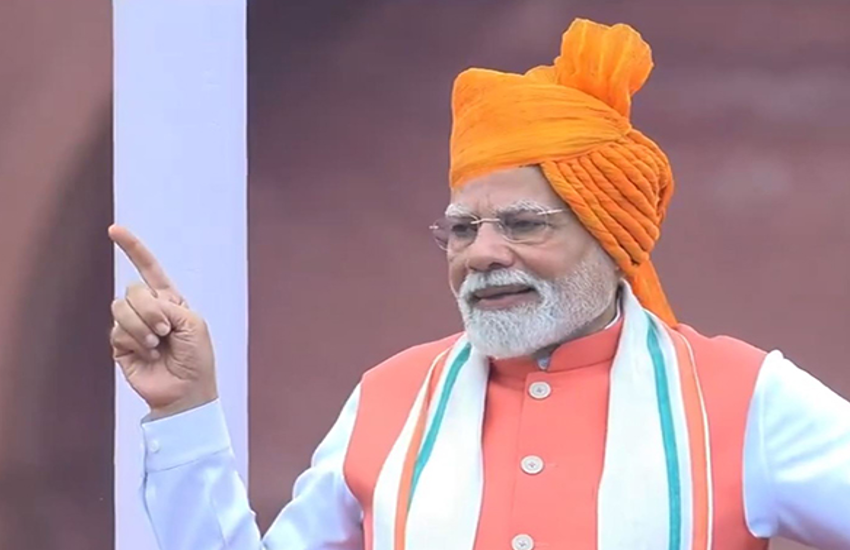From basement to world's biggest store - 20 facts about Amazon

On 16 July 2015, Amazon turns 20. And it's come a long way since it first started. From a small operation in 1994/95 to the colossal presence it is now, Amazon has single-handedly transformed online retail and shows no signs of stopping anytime soon.
Headed by its seemingly insatiable CEO Jeff Bezos, we expect it'll continue the same way. Bezos, after all, is the same person who, as a kid, turned his vacuum cleaner into a low cost hovercraft.
So, in tribute to the world's largest bookstore - and pretty much everything-you-can-imagine store, here are 20 facts about Amazon you probably didn't know:
Bezos initially intended for Amazon to be called Cadabra, like Abracadabra, probably because in the early 90s people thought the internet worked on magic.
He even registered it as Cadabra - untill his lawyer misheard it as cadaver. Since synonyms for corpses don't generally make good brand names, Bezos scrapped that idea.
He settled on Amazon for two reasons - to represent the scale of their operation and because at the time websites were listed alphabetically.
Even after settling on and buying the Amazon domain name, Bezos' wife bought the domain name relentless.com, just in case. To this day relentless.com redirects users to Amazon.
Like Google, Amazon began in Bezos' garage. Their first sale? The book Fluid Concepts & Creative Analogies: Computer Models of the Fundamental Mechanisms of Thought. Clearly no indication of the exciting years ahead.
You'd imagine a garage can't hold too many people. You'd be right. Bezos started Amazon with one employee - Shel Kaplan. Today Amazon has over 1,30,000 employees worldwide. Luckily they moved out of the basement.
Amazon's current logo, the company name underscored by a curved arrow seems simple enough but works on multiple levels. The arrow doubles as a smile and goes from A to Z - symbolising the company's desire to cater to everything for everyone, everywhere.
The arrow used to be animated until someone came to the conclusion it looked too...er...phallic.
While most of us think that Amazon was the world's first online bookstore, it wasn't. That honour goes to the Internet Bookstore in the UK that had its first sale a few months ahead of Amazon. Never heard of the Internet Bookstore till today? That's all that matters.
They may not have been first, but they were immediately the biggest. In their first month alone Amazon got orders from people in 50 US states and 45 countries worldwide!
Bezos is nothing if not a pioneer - he wanted to build an international space station at one point. So to imagine Amazon would restrict its ambition to just books is crazy. True to Bezos' constant desire to be bigger and better they've gone from selling books to having 17 main categories and 143 sub-categories of products.
With all those products, Amazon needs a lot of closet space. They definitely have that. Amazon's warehouses have more square footage than 700 Madison Square Gardens, and you'd need 10,000 Olympic swimming pools worth of water to fill them up.
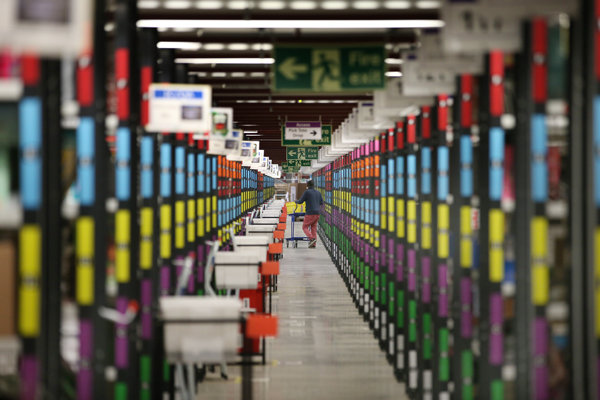
Photo: Peter Macdiarmid/Getty Images
Amazon's IPO was in May, 1997 at just $16 a share! Its current value? $465 a share. Amazon stock has a 2 for 1 and then a 3 for 1 stock split, so for every 1 share you purchased originally you'd now have 12.
That means if you bought $1,000 worth of shares then (about 62 shares), you'd now have 744 shares - which would today give you about $3,46,000. Definitely not the worst way to spend $1,000.
With that sort of rise in share value Amazon must be hugely profitable, right? Yes. but ultimately no. Amazon posted a loss of $124 billion in the last fiscal. Which isn't to say that they lost money either. Amazon just keeps pumping profits back into the company to keep growing and getting better. Capitalists can't decide whether to hate or love it.
No, seriously. Amazon's doing really well. They had revenues of $88 billion last year. Let that sink in. In fact, they have year-on-year growth of 22% which, I promise you, is a lot more exciting than this sentence.
So what if it's been dethroned by AliBaba as the world's most valuable e-retailer, Amazon is still the largest by sales (for now), and its net worth clocks in at $207 billion. Not bad for a company that, at the height of the dotcom crash, had a share value of $6.
For Amazon, time is money. When the website went down for 49 minutes in January 2013, they lost about $5.7 million dollars in sales. That's 1,16,326 odd dollars a minute. Let that sink in.
Eco-friendly is another thing Amazon tries to be. Amazon is all about cloud computing. And since that takes a shit ton (the scientific term, I believe) of electricity, they've now built a gigantic 34 square-mile windfarm in North Carolina, USA to power their cloud-computing data centres.
Every Amazon employee spends two days in customer care every two years so they understand customers better. That includes Bezos. Yes, you may actually get Jeff Bezos on the phone if you call Amazon customer care.
Still, employees alone will only take you so far. You've got to spend money to make money, and Amazon knows that. They've managed to rack up an annual bill of $158 million dollars on Google Ads alone.
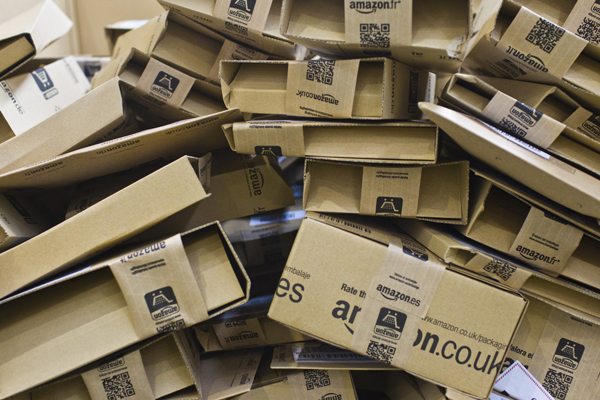
Photo: Angel Navarrete/Bloomberg via Getty Images
The Amazon Kindle never quite became the iPad-killer it intended to be, but it did phenomenally well. When it launched in November 2007 it sold out in less than 6 hours. And it stayed sold out until the following May.
That's the sort of patronage that makes Amazon the monstrously large superstore it is. In fact Amazon customers purchase, on average, 5 times more than eBay customers do. While the average eBay customer spends about $39, Amazon customers spend about $189.
Amazon is nothing if not the future. From robots in factories to being able to order directly off of Twitter and finally, if all goes as planned, to drone delivery. Amazon is pushing the boundaries to ensure they're around for a lot longer than the next 20 years.


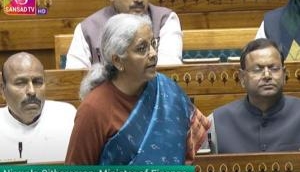




![BJP's Kapil Mishra recreates Shankar Mahadevan’s ‘Breathless’ song to highlight Delhi pollution [WATCH] BJP's Kapil Mishra recreates Shankar Mahadevan’s ‘Breathless’ song to highlight Delhi pollution [WATCH]](https://images.catchnews.com/upload/2022/11/03/kapil-mishra_240884_300x172.png)

![Anupam Kher shares pictures of his toned body on 67th birthday [MUST SEE] Anupam Kher shares pictures of his toned body on 67th birthday [MUST SEE]](https://images.catchnews.com/upload/2022/03/07/Anupam_kher_231145_300x172.jpg)


